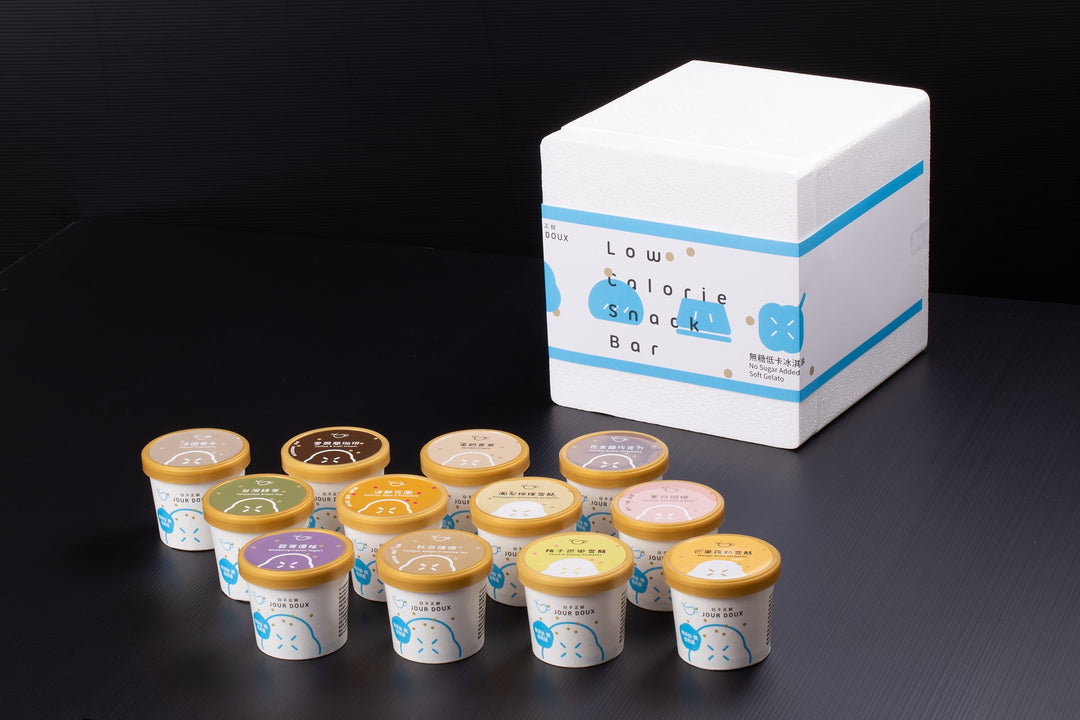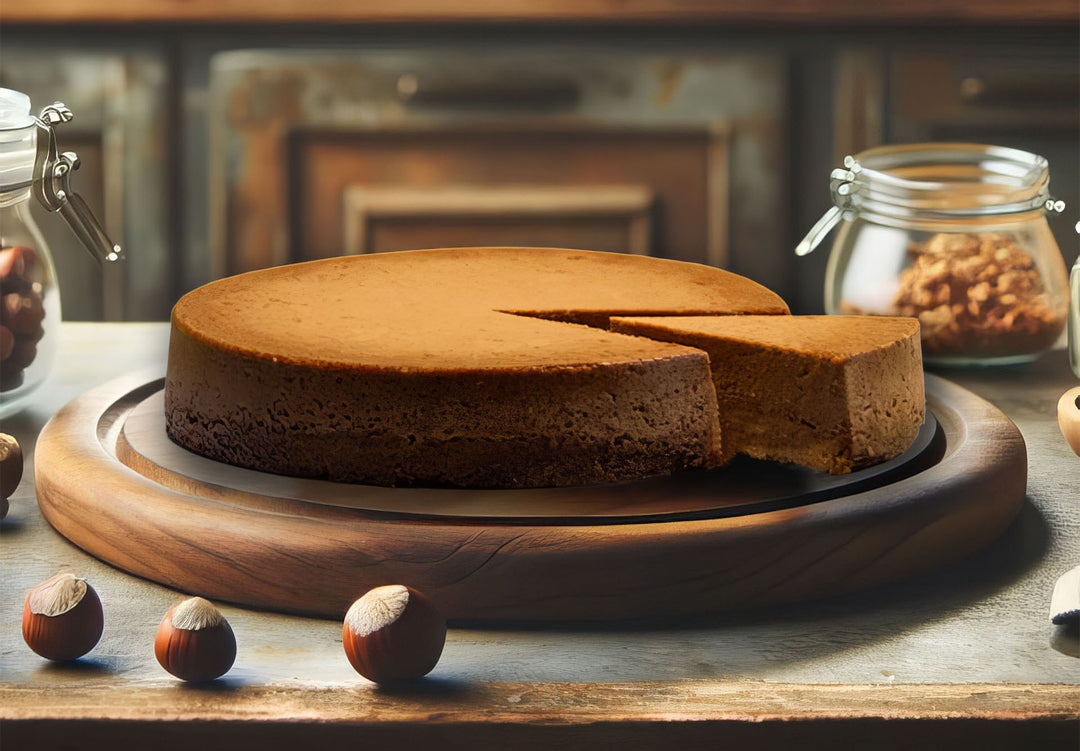The Hidden Ingredients of Flour (Part 1)
In order to avoid eating soft pastry bread mixed with food additives, many friends buy a bread machine to make bread at home. Because the bread is made to be eaten by oneself, no expense was spared in buying raw materials. Camellia flour is just a small case , and tear flour is easy to sell out of stock. However, most of the imported flour sold in Taiwan is imported by distributors in large 20kg packages and then repackaged by themselves. The original small packages sold to consumers abroad are not easy to see. Apart from relying on the manufacturer's conscience, it is difficult for consumers to tell whether the flour they buy is the original flour that the manufacturer claims. In addition, although it is original flour, many countries, including Taiwan, allow the legal addition of special-purpose food additives in flour, and some additives have been proved to be harmful to the human body in medical experiments. This article will discuss with you the common ingredients of flour in the market, hoping that consumers can choose high-quality flour that suits them.

Bleached vs. Unbleached Flour
Most flours are chemically bleached using organic peroxides, nitrogen dioxide, chlorine, chlorine dioxide, bromate or azodicarbonamide to make the flour look whiter and increase stability during baking . Unbleached flour is naturally aged and looks yellower in color. Bleached flour has finer grains, so it makes for a fluffier bread; conversely, unbleached flour has coarser grains, which makes for a thicker bread.
What are the disadvantages of bleached flour? First, the bleaching process produces alloxan, a chemical whose only use is to infect animals with diabetes in laboratories studying blood sugar control. In addition, certain bleaching agents in flour have been proved to have the risk of carcinogenicity in animal experiments, and some of them have been banned in European, American countries and Japan. Secondly, during the bleaching process, 50-100% of the nutrients originally contained in the flour, such as unsaturated fatty acids, vitamin B and E , iron and calcium, etc., are lost , making the flour a purely non-nutritive carbohydrate. Therefore, when we buy flour, we should give priority to non-bleached flour from a health point of view. 
Enriched and Unenriched Flour
Wheat grains have three main structures: bran, germ and endosperm. However, in the process of making white flour, the wheat bran and germ that contain a lot of nutrients and minerals have been removed, and the remaining endosperm will have a natural yellow color when it is ground into flour, so the remaining nutrients after bleaching with bleach Lost again, the final product has almost no nutrients left. Flour manufacturers then added artificial vitamins and minerals such as Niacin , Iron , Thiamin Mononitrate , Riboflavin and Folic Acid to the flour . This kind of flour with artificial nutrients added is called nutrition-fortified flour, and flour without additional nutrients is called non-nutrition-fortified flour. 
The picture above is a comparison table of the nutritional content of bleached fortified flour, unbleached all-purpose flour and unbleached whole wheat ( whole grain ) flour. Obviously, the nutrients of whole wheat flour are far more than those of artificially fortified flour. In addition, whole wheat flour takes a longer time to be absorbed by the human body and can maintain a feeling of satiety better. Its glycemic index is also lower than that of white flour. So from a health point of view, compared with unbleached flour, whole wheat flour is better.










